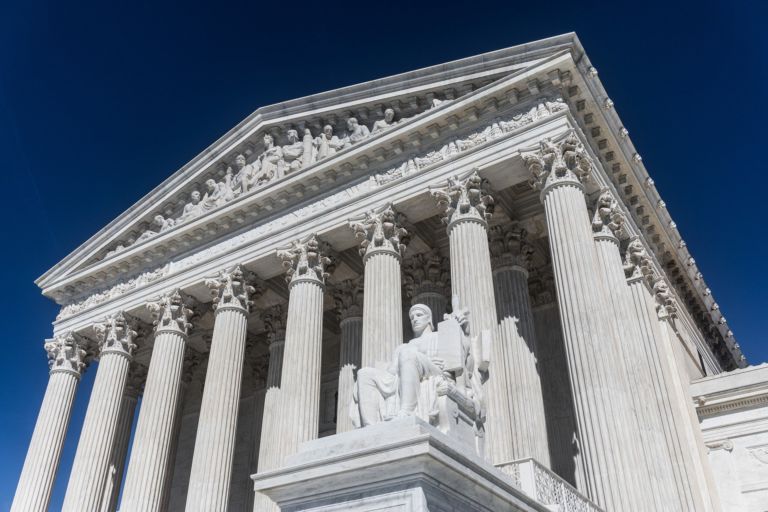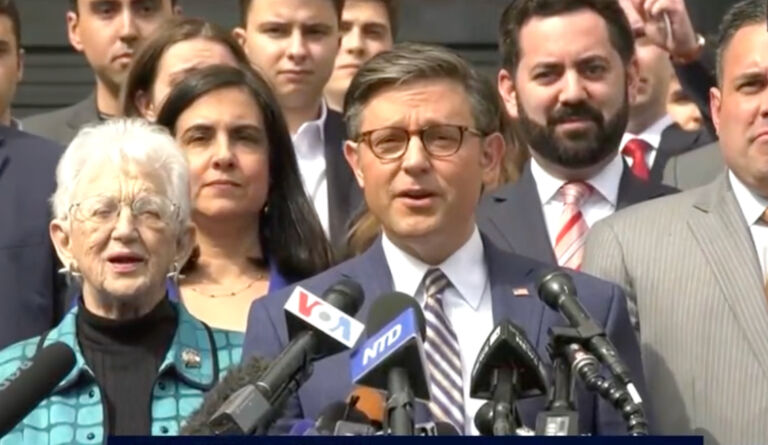1. New study: Arctic sea ice on the rise in 2013 and 2014, Antarctic sea ice at record high levels
A study just released in Nature Geoscience comes to the following conclusion, as stated in the article’s abstract:
Here we present an assessment of the changes in Northern Hemisphere sea ice thickness and volume using five years of CryoSat-2 measurements. Between autumn 2010 and 2012, there was a 14% reduction in Arctic sea ice volume, in keeping with the long-term decline in extent. However, we observe 33% and 25% more ice in autumn 2013 and 2014, respectively, relative to the 2010-2012 seasonal mean, which offset earlier losses. This increase was caused by the retention of thick sea ice northwest of Greenland during 2013 which, in turn, was associated with a 5% drop in the number of days on which melting occurred — conditions more typical of the late 1990s. In contrast, springtime Arctic sea ice volume has remained stable. The sharp increase in sea ice volume after just one cool summer suggests that Arctic sea ice may be more resilient than has been previously considered.
The title of the article is "Increased Arctic sea ice volume after anomalously low melting in 2013." The authors are Rachel L. Tilling, Andy Ridout, Andrew Shepherd & Duncan J. Wingham from The Centre for Polar Observation and Modelling, Department of Earth Sciences, University College London.
And what’s going on the southern pole? Well, according to the US National Snow and Ice Data Center, as reported in the UK Register,
Sea ice surrounding the Antarctic continent reached its maximum extent on September 22 at 20.11 million square kilometers (7.76 million square miles). This is 1.54 million square kilometers (595,000 square miles) above the 1981 to 2010 average extent, which is nearly four standard deviations above average. Antarctic sea ice averaged 20.0 million square kilometers (7.72 million square miles) for the month of September. This new record extent follows consecutive record winter maximum extents in 2012 and 2013. The reasons for this recent rapid growth are not clear. Sea ice in Antarctica has remained at satellite-era record high daily levels for most of 2014.
2. Renewable Energy Cronyism: Disease infects NC Republicans in Raleigh and Washington, DC.
For months now, this and other JLF newsletters have been reporting on how the renewable energy industry in the state, led especially by their lobbyists at the North Carolina Sustainable Energy Association, has been fighting to keep its subsidies. These subsidies have come primarily in the form of tax credits and mandates on consumers to purchase the power that certain renewable energy companies produce, what is called the renewable portfolio standard. One would think that with a Republican legislature and governor the task of eliminating these subsidies would not be difficult, especially since one of the basic tenants of tax reform supported by many of these same Republicans in 2013 was to eliminate tax breaks for particular groups and industries. But the point here is not to rehash these issues once again but to note that the lure of renewable energy cronyism appears to be at least equally powerful for Republicans in Washington as it is for those in Raleigh.
The US Senate this week passed a package of so-called tax extenders, which was flush with giveaways to the taxpayer-dependent renewable energy industry. The American Energy Alliance reports that only three senators voted against it — Toomey (R-PA), Coats (R-IN), and Enzi (R-WY) — which of course means that North Carolina’s two Republican Senators, Tillis and Burr, did not. This shouldn’t be a surprise given that Tillis, when he was in the NC House, was an important co-sponsor of North Carolina’s renewable energy mandate, probably the state’s biggest subsidy to the renewable industry.
Below is the list of renewable subsidies that the U.S. Senate has passed as part of this package along with the price tag of each:
- Two year extension of credits to facilities producing energy from certain renewable resources including the Wind Production Tax Credit ($10.49 billion)
- Two year extension of biodiesel and renewable diesel credits ($2.56 billion)
- Two year extension of credit for nonbusiness energy property ($1.387 billion)
- Two year extension of excise tax credits and payment provisions for alternative fuels ($918 million)
- Three year extension of credits for energy-efficient new homes ($760 million)
- Two year extension of energy efficient commercial buildings deduction ($315 million)
- Two year extension of credits for alternative fuel vehicle refueling property ($112 million)
- Two year extension of second generation biofuel producer credits ($45 million)
- Two year extension of credits for fuel cell vehicles ($6 million)
- One year extension of credits for electric motorcycles ($4 million)
- Three year extension of special allowance for second generation biofuel plant property ($2 million)
Total — $16.599 billion
3. Ozone Report
As of release time for this newsletter, DENR’s Division of Air Quality had yet to release its weekly report on ozone monitor readings for the state. Over the many years that I have been receiving these reports, they have punctually come out on Tuesday afternoons. Over the past couple of years this schedule has not been kept, and it is has been difficult to predict when during the week they will be sent out, as there is typically not an alert that the data releases will be delayed. My apologies to those who are relying on this newsletter to follow this data during the ozone season.
Click here for the Economics& Environment Update archive.
You can unsubscribe to this and all future e-mails from the John Locke Foundation by clicking the "Manage Subscriptions" button at the top of this newsletter.


